For as long as there have been Airborne soldiers, there has been Airborne Families. These sometimes forgotten members of the Airborne Community have shared in the trials of Army life, as well as the opportunities it can bring.
Wives, partners and families
One of the greatest challenges for many families has been moving away from the assistance of their wider families, compounded by their partners being away for long stretches of time. From the beginnings in the Second World War, to the present, this could often be a tense, and sometimes heartrending experience. This intense emotion is well described in the account of Pamela Morris, who lost her husband at Arnhem.
In practical terms, a number of different support systems being created to help, such as the Families Office. The NAAFI ( Navy, Army, and Air Force, Institute) is a familiar institution to most service families, which provides shopping and recreational facilities. Informal groups, such as the Wife’s Club, helped and continue to assist in providing a social place to meet other partners and share experiences, and social activies from shopping trips to nights out. The companionship and understanding offered from women who understood what being married to a soldier meant (where it is was not uncommon to be referred to as simply 'wife of ......'), often raising a family for long periods by oneself. These shared experience helped create strong, long-lasting bonds between Airborne families.
Organised events for serving personnel and veterans involving partners and children take an important part of Regimental life. Many families have taken part in Airborne Forces and Family Days, Christmas Parties and Sports events. Wives could be expected to attend social gatherings, dinner nights, balls and lend their support to committee meetings or in attendance on parade.
Postings and Living Quarters
When a soldier was 'posted' (transferred to a new job or area) this could be a mixed blessing for families. Often this meant leaving an area, often on a two-yearly cycle, which may mean travel to a new country and packing/ unpacking the family’s belongings. It could also lead to the challenge of changing of schools, saying goodbye to friends and trying to fit into a new place.
For those living in Married Quarters, this would also mean facing the March Out. For the March Out, Quarters were inspected from top to bottom for signs of damage or dirt caused whilst the inhabitants were living there. These could be taken quite seriously, with stories of torches being shone into the darkest corners of ovens and white gloves run along door frames not uncommon!
Over the years, Quarters have come in all shapes and sizes: from caravans to houses.
In the early 1960’s Pegasus Village was used in Aldershot, due to a lack of suitable Quarters. Officially opened on 31 October 1959, it comprised of a caravan village, with room for forty-two families to live, complete with communal centre, club room, children’s nursery, a NAAFI shop, two launderettes and a permanent supply of hot water for the bathrooms. At the time, it was described as being “set in an attractive woodland background” with the added bonus of allotment gardens being available for all who wanted them, although it is unclear whether it would remembered with such affection today.
Today Quarters can range from flats to houses, with many families choosing to live off the Quarters Patch in their own homes.
Veterans Community
In numerous cases, the wives and families of Airborne soldiers have played an important role in the administrative organisation of various veterans' organisations, committees and charitable activities, as well as helping to maintain their social vitality.
Although times have changed, there remain common threads which run through the experiences of generations of Airborne Families. Many partners continue to have a strong sense of belonging to the Airborne Community, while family members have often felt a strong attachment to Airborne history and maintained a fervent desire to preserve and remember its long and distinguished history.
More directly, the strength of the Airborne Family is ably demonstrated by the fairly common path of children who grow up to follow in the footsteps of their fathers to join Airborne Forces.
See also: Airborne Women
Compiled with thanks to Becks Skinner
Source: Compiled with thanks to Becks Skinner
Read More
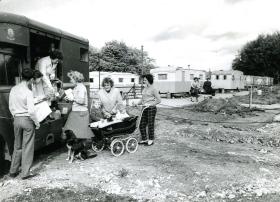







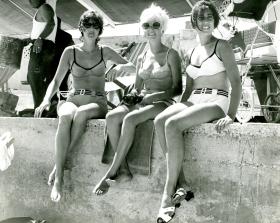

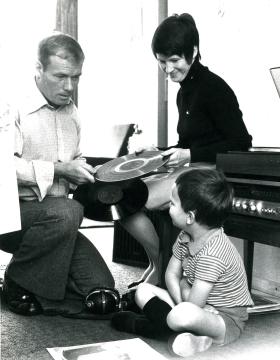






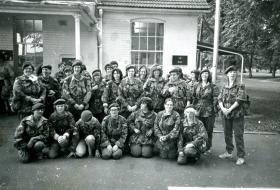

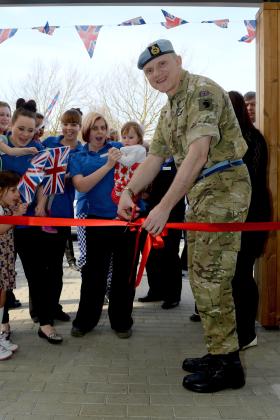





Latest Comments
There are currently no comments for this content.
Add Comment
In order to add comments you must be registered with ParaData.
If you are currently a ParaData member please login.
If you are not currently a ParaData member but wish to get involved please register.